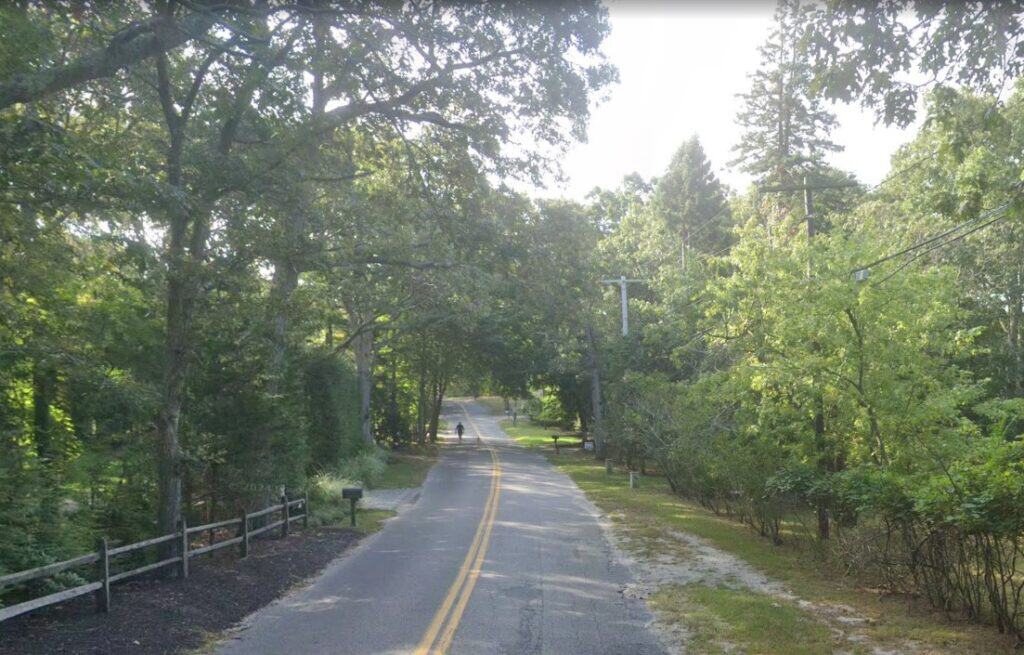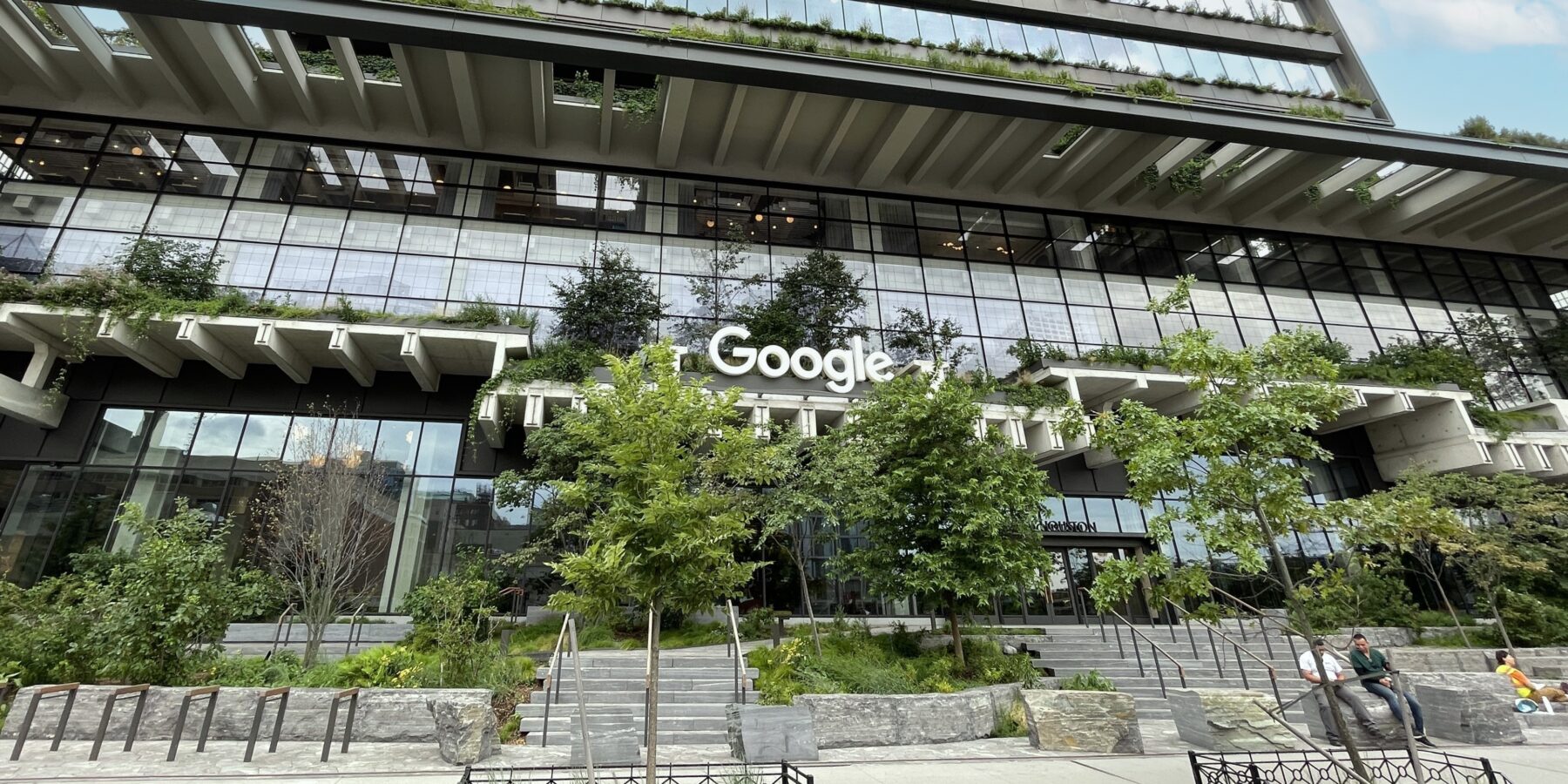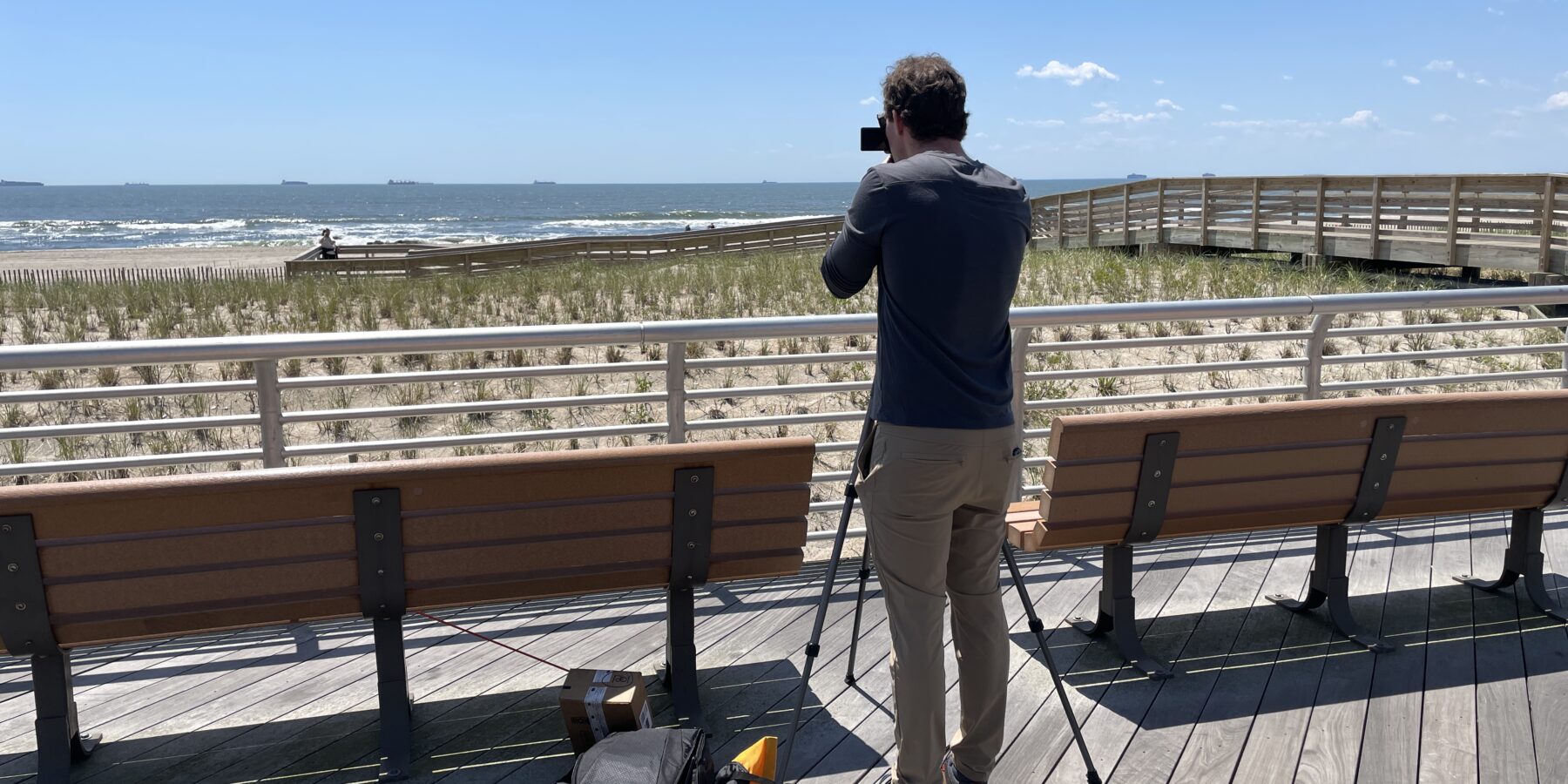Would You Drive 5 MPH Slower to Save a Life?

A vehicle traveling 30 mph needs 30% more distance to stop than a vehicle going 25 mph.
These are five critical miles per hour that afford drivers more time for perceiving, evaluating, and reacting to potential safety dangers—and decreasing the chance of striking a pedestrian, bicyclist, debris, fixed object, or another vehicle.
On August 12, 2022, New York Governor Kathy Hochul signed legislation allowing municipalities the ability to set their own statutory speed limit to as low as 25 mph, down from 30 mph previously.
All cities and villages in New York (and certain towns meeting population or self-governing requirements) are eligible to establish a 25 mph speed limit, assuming engineering studies conducted by a licensed professional engineer who specializes in traffic operations have concluded it would be reasonable and warranted.
Safer Roadways in Just Months
When the roadway segment is deemed eligible by engineers, municipal planners can draft a resolution and local law ordinance establishing a 25 mph speed limit for all streets unless otherwise posted. Street signs can then be replaced at gateways to roadway segments subject to the ordinance.
AKRF can typically complete this engineering study in less than one month and, depending on how long it takes the municipality to pass the resolution and replace signage, the entire process can be completed in as little as two months.
Preparing Your Safety Study
AKRF first classifies streets into three categories—through streets, major streets, and minor streets—using the latest New York State Department of Transportation guidelines for setting speed limits and the Manual on Uniform Traffic Control Devices. This categorization is based on the street’s use and operation and is assisted by GIS and other web-based traffic data to enable automated screening of all streets.
Most locally owned streets pass this initial screening because the highest-volume, highest-speed, and widest streets in a municipality (the through streets) tend to be county roads or state highways and are ineligible for the local law. Streets classified by AKRF as minor streets are generally of the character and use that are eligible for recommending a 25 mph speed limit.
A winding suburban street without sidewalks or shoulders that has hillcrests limiting sight distances and is lined by residential land uses would be a candidate for recommending a 25 mph speed limit, for example.

The character and context of the Long Island street shown above—where AKRF prepared a 5 mph speed reduction study—support the need for slow speeds and the geometry limits vehicle speeds without requiring supplemental speed enforcement.
Locally owned streets categorized as major streets require more investigations by engineers, such as the review of speed data, evaluation of street geometry, and consideration of neighborhood characteristics. Major streets surrounded by adjacent land uses like residential or downtown commercial properties used by local generated traffic have the appropriate characteristics to support a 25 mph speed limit, assuming the street geometry is aligned with local land use patterns.

The photo to the left illustrates a major street eligible for a 25 mph speed limit. The character and context of the street is reasonable and warranted for recommending the lower limit because it consists of downtown commercial uses with slow prevailing speeds, on-street parking, and significant bike and pedestrian activity.
Although there are no guarantees that AKRF can recommend all streets in your area for a 25 mph speed limit using the new law and guidance, our engineers can conduct linear speed setting studies that can supplement the speed limit methodology discussed here.
Traditional linear speed setting studies can be presented to jurisdictional agencies such as county or state owners—along with traffic calming recommendations—to provide safer streets throughout your area, regardless of street ownership.
The ‘Safe System’ Approach
AKRF has developed a proven methodology based on the FHWA’s Safe System approach for conducting the engineering studies necessary to help local governments enact this consequential change.
These six Safe System principles include: deaths and serious injuries are unacceptable, humans make mistakes, humans are vulnerable, responsibility is shared, safety is proactive, and redundancy is crucial.
Reducing the Cost to Municipalities
Our established methodology for the engineering study reduces the cost for smaller municipalities based on the number of lane-miles under their jurisdiction.
The Village of Mamaroneck in Westchester County, NY, which implemented a 25 mph speed limit with support from AKRF, has approximately 75 cumulative lane-miles of streets owned by the village, county, state, or private entities. Approximately 60 lane-miles are under local jurisdiction and were therefore eligible for the reduced speed limit.
Even cities or towns with hundreds of lane-miles under local jurisdiction will benefit from economies of scale, which keeps our costs commensurate with traditional engineering studies that would typically cover much smaller areas.
Want To Reduce the Speed in Your Community?
We presented our methodology at the New York Walk, Bike and Roll Symposium in Binghamton and New York Bike Summit in Albany and are ready to discuss local safety with any municipality interested in safer streets for all users. We can be reached at mcarmody@akrf.com and edu@akrf.com for more information.











